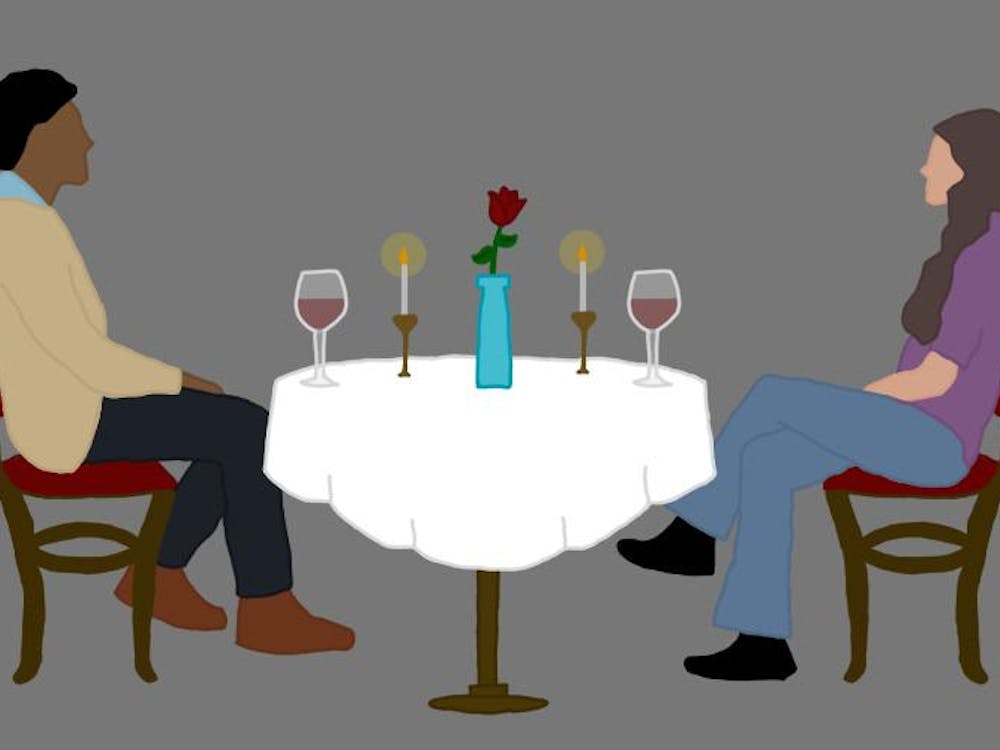As an Asian-American, I can’t pretend to know what it’s like to be followed around by store employees, have my intelligence underestimated or be unjustly attacked by law enforcement officers because of my skin color. But through research and attention, I have learned how to empathize with friends and classmates who face these kinds of problems on a regular basis. As a result, I’m fairly confident in asserting I have an informed understanding of the right and wrong ways to talk about race.
To put my thoughts about this into perspective, I feel it’s best to see things through the lens of clinical psychologist Susan Silk’s “ring theory.”
The ring theory was originally developed to advise people in choosing the right words to address or discuss a terminally ill person. According to this model, one should consider his or her audience closely. Essentially, the afflicted person is represented as a dot at the center of the circle, and progressively larger circles are drawn around that dot to represent levels of intimacy in that person’s relationships. Family members fell in the smallest circle, and acquaintances in the largest.
By this model, a dot at the center is free to say anything to anyone about his or her own trauma. But those on outlying rings are told to look to outer rings for people to vent to, whereas people in smaller rings than you should be be addressed only with words of comfort.
I think similar circles can be drawn to represent racial groups within their varying degrees of marginalization in 21st century America. In terms of who is most commonly victimized based on race, it’s safe to say Asians fall somewhere in a middle circle — thus, I know not to act as the voice of the oppressed. I am a fair distance away from the central dot. But does this mean I shouldn’t be allowed to talk about racial issues at all?
Ring theory says I can vent about racial issues to people in my circle and beyond, and I often do. It also allows me to extend words of support and positivity to my friends at the inner circles. As long as I am not whining to them, I am completely free to offer all my kind and encouraging words. But I’ve learned that it need not end there.
There are an infinite number of ways I can push the limits of “I’m sorry” or “I’m here for you” by actually acting on them. Discussion of racism differs from that of terminal illness — the object is not solely to offer compassion, but to break down the walls separating the circles.
I listen to what my black friends have to say without trivializing their experiences. I utilize my University education to learn about slavery and the Civil Rights Movement to provide myself with context of their tangible present-day repercussions. I am nowhere near perfect in terms of taking a stand on these issues, but I try my best to be mindful of the effects of my words.
Vega’s column runs biweekly Tuesdays. She can be reached at v.bharadwaj@cavalierdaily.com.







